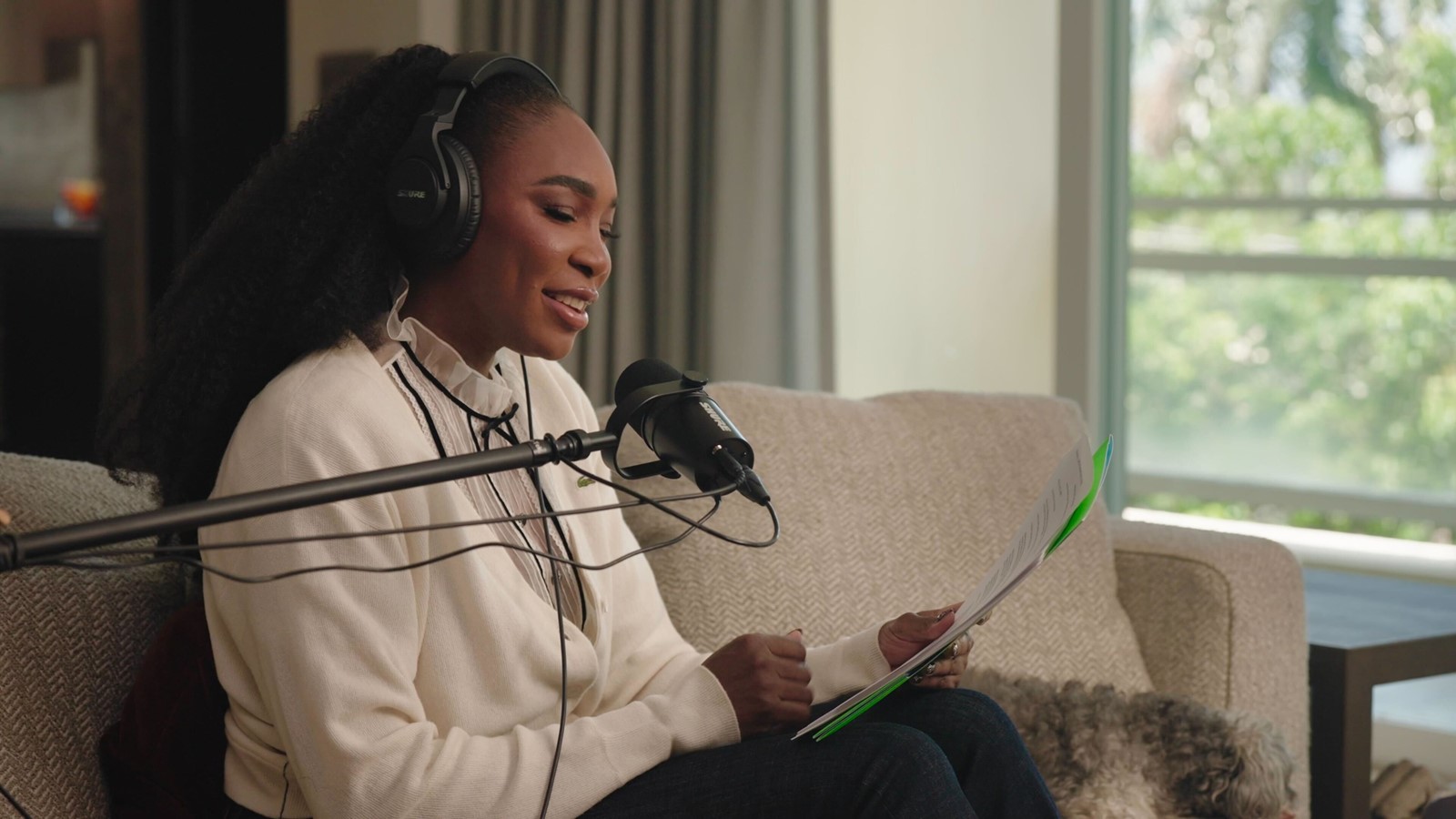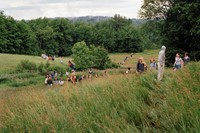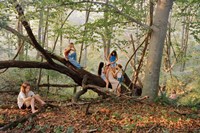Art historian, curator and writer Alayo Akinkugbe is behind the popular Instagram page A Black History of Art, which highlights overlooked Black artists, sitters, curators and thinkers, past and present. In her column for AnOthermag.com titled Black Gazes, Akinkugbe examines a spectrum of Black perspectives from across artistic disciplines and throughout art history, asking: how do Black artists see and respond to the world around them?
World-renowned tennis star Venus Williams is a household name, recognised for her singular achievements in the sport and rightly accepted as one of the greatest players of all time. A lesser-known fact about Williams is her love of art, which developed, in her own words, “innately”. Williams is an avid art collector, patron and advocate of artists of colour. Her interest in art goes further than simply acquiring it; she also sees it as a tool for education and widening our perspectives of the world.
In collaboration with the Carnegie Museum of Art, and coinciding with their exhibition Widening the Lens: Photography, Ecology, and the Contemporary Landscape, Williams has hosted a six-episode podcast series in which artists, scholars and writers examine relationships between ecology and photography.
In the following conversation, Venus Williams talks to AnOther about collecting art without relying on an advisor, how art can bring attention to today’s ecological concerns, and her dreams of a future where race is secondary to the understanding of the work of artists of colour.

Alayo Akinkugbe: You’re renowned as a tennis champion but you’re also an avid art collector. Have you always had a love for art?
Venus Williams: I think innately I did, even though I started playing tennis long before I could remember learning how to play. Tennis was chosen for me, but art was something that I chose for myself. It was this discovery of who I was and how I see the world. And I think it’s such a beautiful way to be involved with the world and it [gives] perspective.
“It’s not about just owning the art, it’s about educating yourself, studying and loving it, and being part of that world” – Venus Williams
AA: How did you start collecting?
VW: One of the first works I collected was a photographic print by Kehinde Wiley. I started small [because] I didn’t really know what I was doing. It is quite beautiful and is still one of my favourites. I just collect what I love and believe in, and I don’t think it gets more pure and beautiful than that.
I don’t have an art advisor, and I don’t really believe in them. I do my own research, I decide what I love and what I’d like to study or buy. It’s not about just owning the art, it’s about educating yourself, studying and loving it, and being part of that world. There are so many things I’ll never have or own, but I want to know [about]. I want to be a part of the artist’s journey, a part of who they are and what they do.
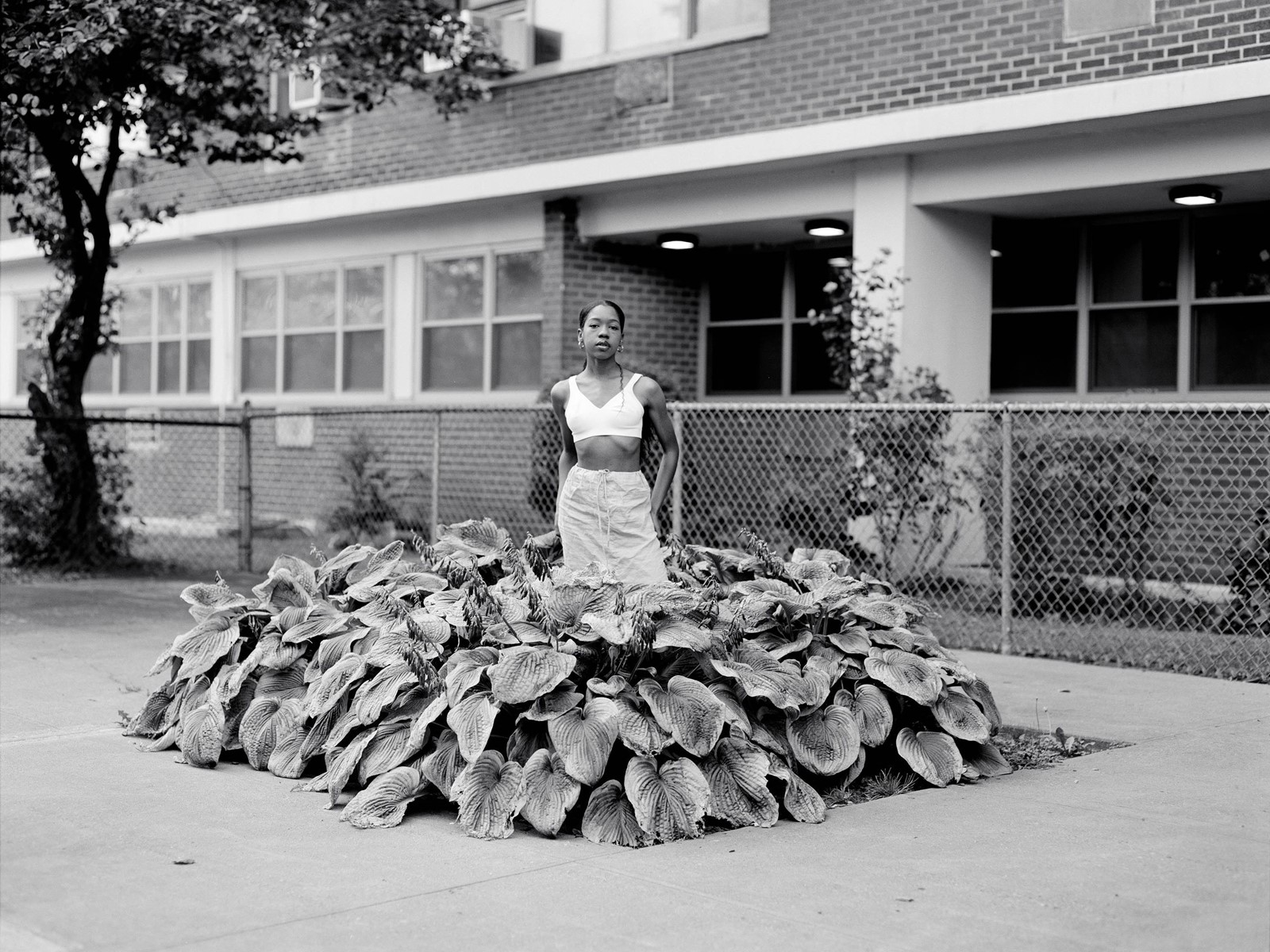
AA: The art world has a reputation for being exclusive, but recently there has been a surge in support for the work of artists of colour, whose stories have been historically marginalised. Why is it so important to you to promote, preserve and archive the work of artists of colour?
VW: It’s important because, as you said in the past, we have been marginalised in art and in sport. I come from a sport where there were [very few] African American participants so I understand what that’s like to be the first and to break through.
Ultimately, I was taught that people would see my colour, but I was never taught to see colour. We all need to be proud and celebrate our heritage but also the world would be a beautiful place when one day you can just be an artist while celebrating your heritage and you don’t have to make differentiations between your colour. Art is art, and we all have different perspectives because of where we’re from and who we are and that should be appreciated.
AA: The exhibition Widening the Lens: Photography, Ecology, and the Contemporary Landscape, at the Carnegie Museum features over 100 works by 19 artists. Do you have any particular highlights from the exhibition?
VW: Xaviera Simmons’ Sundown series is just so striking – the colours, the plan, the pattern, the geometrics – but it’s really hard to pick one. What I appreciated even more was learning behind the scenes what artists are thinking as they execute their work. And also the stories that they tell are so powerful.
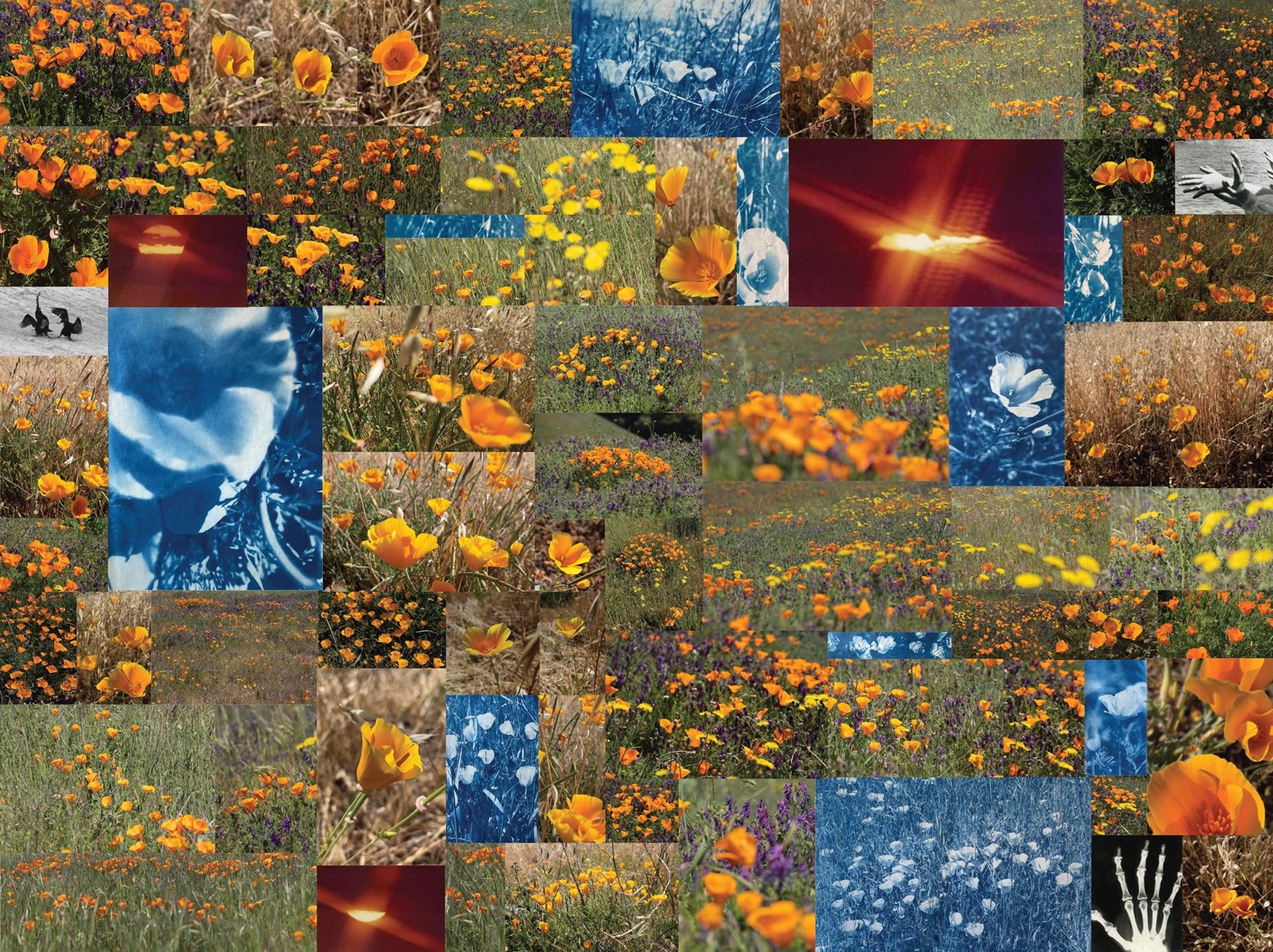
AA: The podcast focuses on relationships between photography and the environment. What was the most powerful discovery you made about either photography or ecology while hosting it?
VW: I learned so much in this opportunity to be a part of Carnegie’s project [which is about] something that affects us all: our environment. Integrating art into [the conversation] has been so powerful. I find the whole exhibition and the installation just genius, really. It’s something that we all should be passionate about, our environment and how it’s changing. It’s been a beautiful opportunity to marry my desire to connect audiences with artists who are really having a meaningful dialogue [and] advocating for change. And also what we can do to hopefully be a part of something positive for our environment through the lens of art.
Widening the Lens: Photography, Ecology, and the Contemporary Landscape, hosted by Venus Williams in collaboration with the Carnegie Museum of Art, is available to listen to now.
